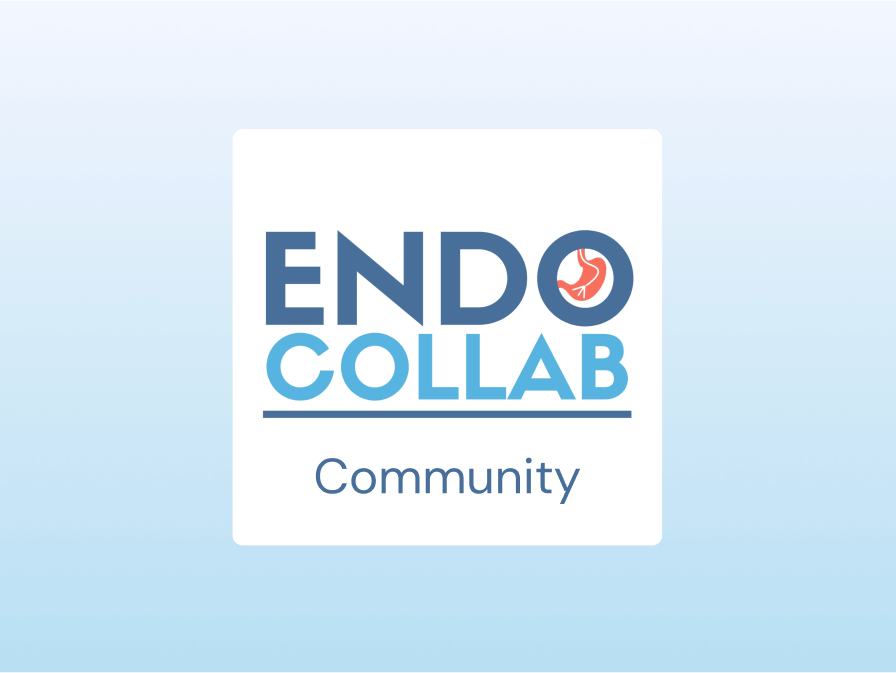Jay Bapaye, MD and Klaus Mönkemüller, MD, PhD, FASGE, FJGES
Department of Gastroenterology, Carilion Memorial Hospital, Virginia Tech Carilion School of Medicine, Roanoke, USA
An-year-old man presented with melena. Esophagogastroduodenoscopy (EGD) and colonoscopy were unremarkable. Capsule endoscopy showed active bleeding from the proximal jejunum, approximately 15 minutes after the capsule passed through the pylorus. The patient was sent to us for a single balloon enteroscopy. Since the bleeding was in the upper jejunum a decision was taken to perform push enteroscopy instead. A useful trick to improve performance of push enteroscopy is attaching a transparent distal cap to the pediatric colonoscope. (Figure 1).
Figure 1. Cap-Assisted Enteroscopy. The cap allows for improved traversing of small bowel kinks, keeps small bowel folds away and permits scope tip stabilization (A, B, C). This patient was in decubitus supine position. Using water during endoscopy allows for orientation, as water accumulates in the back (posterior) (B, C). This may be helpful for lesion localization. In addition, water allows for deeper enteroscopy, as the loops do not get massively distended with air or CO2.
The angiodysplasia was localized about 30 cm past the ligament of Treitz. It was localized on a small bowel fold (Figure 2).
Figure 2. Cap-Assisted Enteroscopy Argon Plasma Coagulation. A. Angiodysplasia on small bowel fold. B. Notice how the cap allowed for flattening the fold and clearly exposing the angiodysplasia. C. The cap allowed for scope tip stabilization and “centralization” of the lesion, allowing for direct and targeted argon plasma coagulation therapy.
This case has several important take home messages. First, a single or double balloon enteroscopy may not always be necessary to reach lesions located in the upper jejunum. Indeed, push enteroscopy can be easily performed using a pediatric colonoscope, and this is available in most endoscopy units worldwide. Second, using a distal transparent cap allows for deeper small bowel intubation as well as improved visualization. Finally, the cap also allows for targeted application of endoscopic therapies, including injection, clipping and, as in this case, application of argon plasma coagulation (1-3).
References:
-
Wasserman RD, Abel W, Monkemuller K, Yeaton P, Kesar V, Kesar V. Non-variceal Upper Gastrointestinal Bleeding and Its Endoscopic Management. Turk J Gastroenterol. 2024 May 20;35(8):599-608. doi: 10.5152/tjg.2024.23507. PMID: 39150279; PMCID: PMC11363156.
-
Sumiyama, Kazuki et al. Endoscopic Caps. Techniques in Gastrointestinal Endoscopy, Volume 8, Issue 1, 28 – 32
-
Treating Upper Gastrointestinal Bleeding: An Update on Endoscopic Techniques – EndoCollab.


